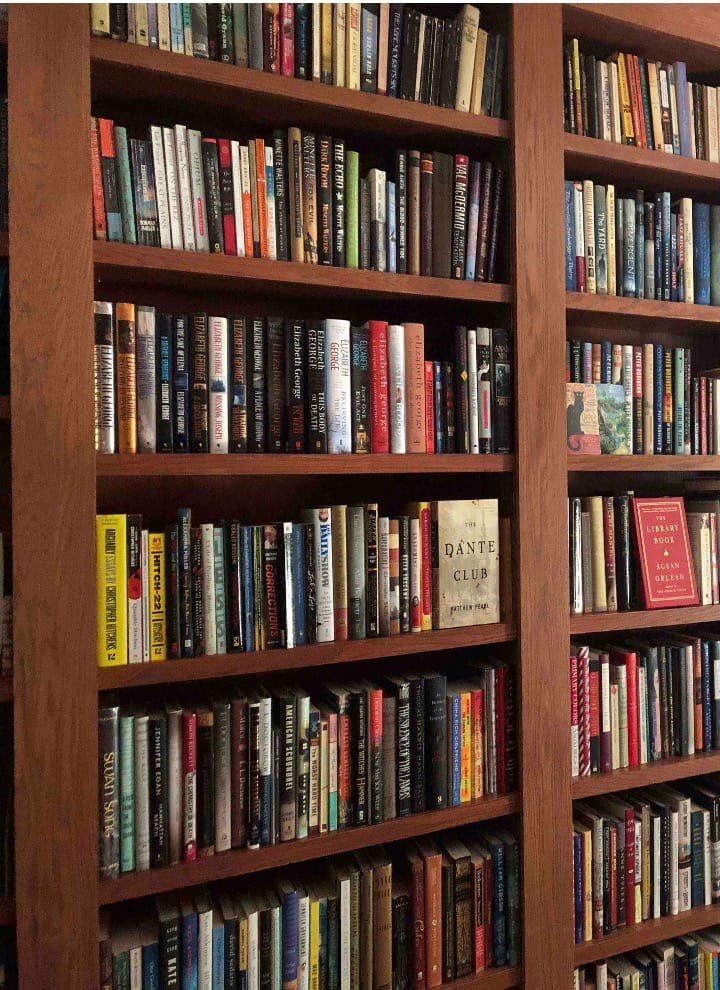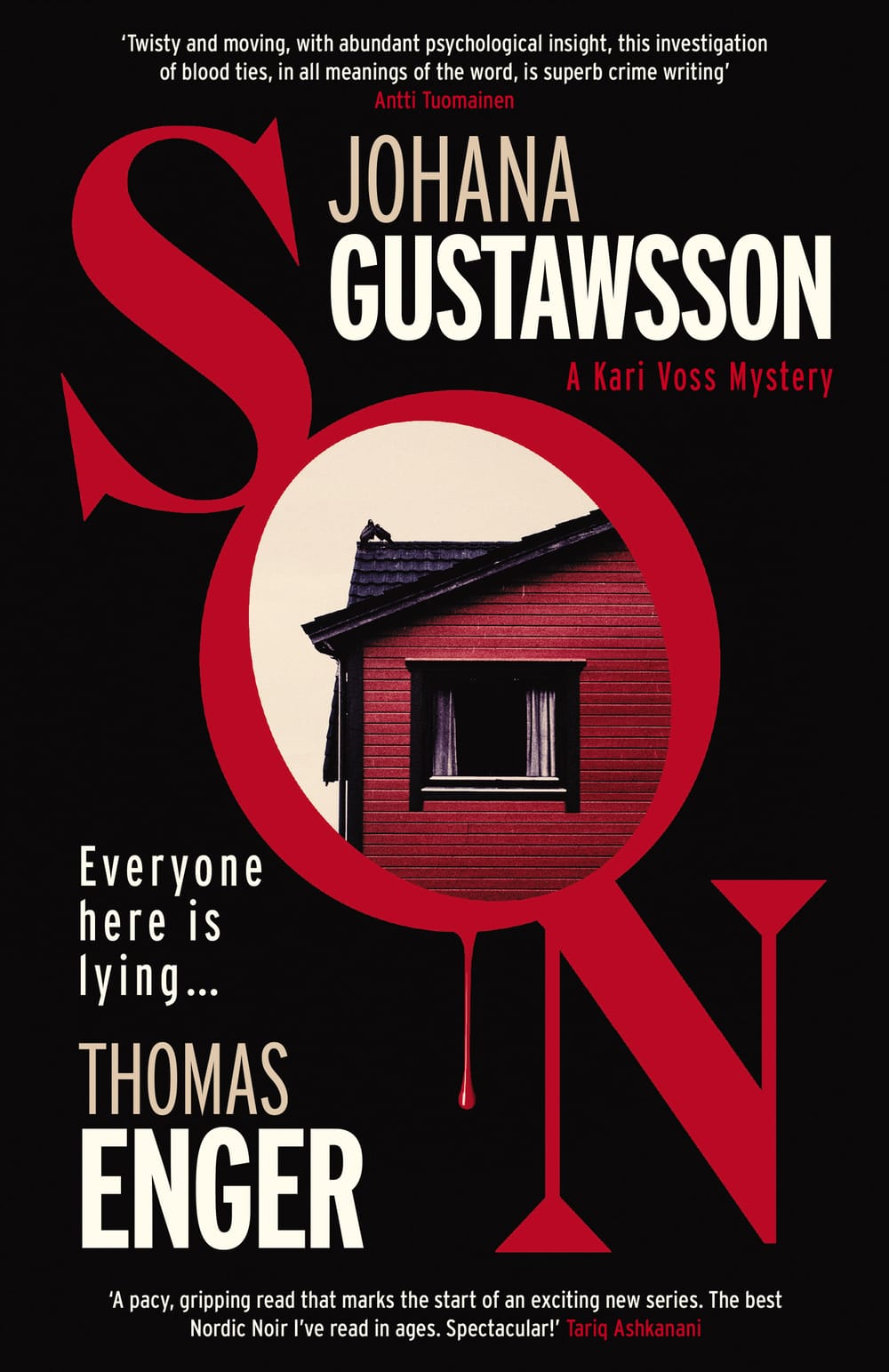Since I left my job almost a year ago, and much more so during the last couple of months of social isolation, I’ve had a lot more time to read during unfortunate circumstances. It’s an escape, a solace, a welcome distraction—as it has been throughout my life.
To support the many wonderful independent bookstores struggling to get by (particularly, but not only, in Atlanta and Athens) I have amassed a “to be read” inventory that is going to last me a very long time! The shelf pics below do not include all books purchased since the coronavirus; only the ones I have not yet read, with one exception: I have started Gore Vidal’s “Burr”, seen below in the picture on the right.
This is my second time reading “Burr”; I was inspired to do so by seeing “Hamilton” in NY during better times. Although it’s a work of historical fiction, Vidal did his homework and it’s great to hear the story of those years from Burr’s point of view as narrated by Charles Schermerhorn Schuyler, who works for him as a law clerk. I especially loved the parts told by Burr in the first person, as Schuyler “transcribes” them for his own story about Burr.
In this post I review some of the books I’ve read and thankfully, moved from my “tbr” shelf to their proper place in the library; the unread books are on the shelves closest to the window:

In Berkeley, CA? Visit Sleepy Cat Books!
Follow them on twitter: @SleepyCatBooks
Email them at sleepycatbooks@gmail.com
The Magician’s Assistant—Ann Patchett
I’d like to start out with “The Magician’s Assistant” by Ann Patchett. I’ve been enchanted by Patchett’s work since I read “Bel Canto”, and this book is no less gripping.

Sabine had been assistant to L.A. magician Parsifal for 22 years when they finally married. She knew he was homosexual; both had mourned the death of his gentle Vietnamese lover, Phan. What she didn’t know until Parsifal’s sudden death only a short time later was that Parsifal’s real name was Guy Fetters, that had he lied when he claimed to have no living relatives and that he has a mother and two sisters in Alliance, Neb.
Publishers Weekly
As events unfold, what I thought the book would be about changes dramatically to another type of story that is in turn gut-wrenching, poignant, sharply observational and ultimately redemptive. If you’ve never read Patchett, this would be a great book to start with.
In Kona, HI? Visit Kona Bay Books
Follow them on twitter: @BooksKona
Email them at info@konabaybooks.com
Bloody Murder-From the Detective Story to the Crime Novel: A History—Julian Symons
I’m a lifelong mystery buff, so I was pretty excited when I found this book. Published in 1972, Symons traces the history of the genre; I understand there have been several revised versions but I believe this is an unrevised edition. In addition to the historical aspect of the book, Symons offers his unvarnished opinions of many famous, and some obscure, mystery and detective fiction authors. I can’t say I agreed with all of his assessments, but the book is intermittently fascinating for fans of mystery/detective writing. (I have to admit that since I am unfamiliar with many of the early European authors of this genre, the book was a little dry for me in places. It’s hard to relate to a critique of an author whose name and books you’ve never heard of).

In Savannah, GA? Visit The Book Lady Bookstore!
Follow them on twitter: @bookladybkstore
Email them at books@thebookladybookstore.com
Treachery at Sharpnose Point—Jeremy Seal

Frankly, this book was quite a letdown. I’m an avid fan of shipwreck/disaster/maritime histories, which is why this title caught my eye. However, the author having failed to find any evidence of his theories regarding the “treachery”, resorts to detailing his (mostly unsuccessful) research efforts for about a third of the book. Another third is pure conjectural fiction about personalities and dialogue aboard the ship prior to the shipwreck. The remaining third is not uninteresting, but contrary to the subtitle, no mysteries were “unraveled”. I just can’t recommend it.
In Louisville, KY? Visit Carmichael’s Bookstore!
Follow them on twitter: @carmichaelsbook
Email them at info@carmichaelsbookstore.com
The Diary of a Bookseller—Shaun Bythell

This book was a sheer pleasure from beginning to end. Let’s just say that I have many of the qualities of, and enjoy the company of, curmudgeons. I married one. The dictionary definition of this word is “a crusty, ill-tempered, and usually old man.”. I consider this to be a vicious libel! Curmudgeons are DELIGHTFUL IF they also possess a dry and wicked sense of humor, and Mr. Bythell has this in spades. His piercing and witty observations about running a bookstore and dealing with the general public are just delightful, and when, not if, I visit Wigtown I will certainly pay hommage.
In Wigtown, Scotland? Visit Wigtown Bookshop!
Follow them on twitter: @WigtownBookShop
Email them at mail@the-bookshop.com
The Dream of Scipio—Iain Pears

I first read Iain Pears in 1997, when “The Instance of the Fingerpost” was published. Although I very much enjoyed it, I did not catch up with a Pears book again until this year, when I found “The Dream of Scipio” at Normal Books in Athens, GA. The book goes back and forth in time between three narratives, set in the fifth, fourteenth, and twentieth centuries, all revolving around an ancient text and each with a love story at its center. Although the novel has a complex structure, it is so ingeniously crafted that it is a delight to read. I love this quote from Kirkus Reviews:
This imposingly intricate novel begins slowly, makes heavy demands on the reader, and rises to a stunningly dramatic crescendo. Pears has leapt to a new level, creating a novel of ideas even more suspenseful and revelatory than his justly acclaimed mysteries.
In Sidmouth, UK? Visit Winstone Books!
Follow them on twitter: @winstoneSid
Email them at winstonebooks1@gmail.com
Gutenberg’s Apprentice—Alix Christie

Marvelous example of how good historical fiction can be when the author combines impeccable research and knowledge with great writing. Told from the point of view of the real-life apprentice, Peter Schoeffer, the novel’s story begins with a frame narrative that follows the deaths of both Johanns: Gutenberg himself and Johann Fust, Gutenberg’s partner and financier, and Shoeffer’s foster father. Unwillingly apprenticed to Gutenberg, Peter is torn between the loving labor of script and the mechanical allure of print.
The real hero of “Gutenberg’s Apprentice” is the press itself, this horrifying, beautiful machine capable of throwing out “a boundless net of shining letters.” Near the middle of Christie’s novel, Gutenberg and Fust hit on the momentous idea of printing the Latin Bible in its entirety. As Peter prepares the initial type, he summons those “words that brought a new world into being,” the opening verse of Genesis: “Peter set them flush against a nothingness; hard against a nonexistent margin he arranged them, floating like the world itself in the great void.”
Bruce Holsinger, Washington Post, 12/12/14
It’s a beautiful image, rendering the printing press as a medium of ethereal transcendence that depends, nevertheless, on those gnarly chunks of metal poured and etched in the workshop over months and years of sweaty toil.
FIN Part One
In future posts, I will discuss more of the books I’ve read so far this year, and as always, highlight some of the great independent bookstores around the world.







